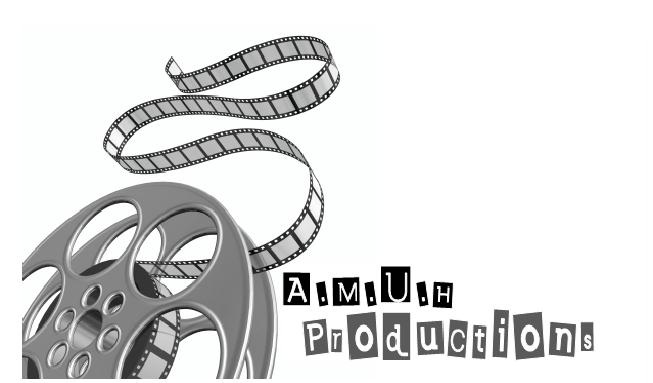The specification describes areas that should be covered throughout the journey of the making of your audio piece of coursework. These sections are
The mark Scheme...
20 marks- Research and Planning
Research and Planning are looking through different thriller contexts and bringing them together to help you with the next stage which is planning. Research should be conducted by the individual to help them gain a better idea of their task ahead and give them realistic ideas for the coursework. Planning will be conducted after the research is all in place and you are ready to create you coursework.
60 marks- Construction
Construction will be assed in other words on the filming and all other aspects to do with filming. The group will be assessed on team work and will work together to make the best piece coursework possible. students will be assessed on camera knowledge for example, camera angles and routines e.g. match on action.
20 marks- Evaluation
The evaluation will conclude the piece of coursework, here you will discuss what went well and what could be improved over the journey of the coursework. You will discuss if the piece of thriller coursework produced meets the specification.
The specification shows that candidates should make an opening to a movie which should last no more than 2 minutes, and only 10 percent more if needed. The theme of the movie should be 'thriller'. A 'thriller' movie is suspenseful adventure story or play or movie.
At different stages, candidates should also create a blog and keep record of everything done with evidence to provide. On the whole candidates should take each task seriously and achieve to best of their potential.
Preliminary Task
This will be a task that should be completed by all students, for the video clip you will not be marked down, but instead, if you do not complete the video clip that has been asked for then an reduction of 15 mark will be appointed to each group member.
The preliminary task is a small scene of a person walking into room and sitting down and then having a conversation with other characters, different media aspects will be appointed to the task that should be used.











